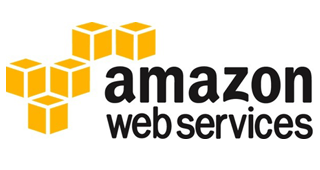
Although being technically in operation for three and a half years, Amazon’s RDS database never made general release until now. Along with the public unveiling, the service has gained a useful SLA for some peace of mind.
RDS stands for Relational Database Service. This hosted database service includes the full package, from set-up, to operations, and through to scaling.
Amazon note any pre-existing Applications, Tools, or Code which IT staff are already using on their databases can still be used on RDS.
One of the most appealing factors of Amazon’s solution is the SLA, which is offered for customers with databases in multiple places. This agreement means the service must meet a 99.95 uptime, equating to a maximum of 22 minutes downtime per month.
If the availability drops below this percentage, the refund is calculated as a percentage of the charge paid to Amazon on your monthly billing cycle. The agreement states a 25% refund would be due for falling below 99%.
This is pretty impressive, and places above many rivals. Hewlett Packard tried similarly with a 99.95% uptime with its Cloud Object storage service last year, whilst Mimecast has recently been left red faced with its 100% SLA after a high profile outage.
The company of course already has a huge cloud presence; from computing solutions such as ‘EC2’, to storage solutions such as ‘S3’, many enterprises and individuals rely on these products. With the SLA, clearly Amazon has faith in its own ability to provide these services reliably; especially given the company has been no stranger to downtime itself in the past.
Many app developers are included in this list, with high-profile names such as Samsung, Unilever, NASA, AirBnB, and Flipboard all using RDS.
Will you be considering using Amazon’s RDS as the solution for your database needs? How do you find their other cloud services?







